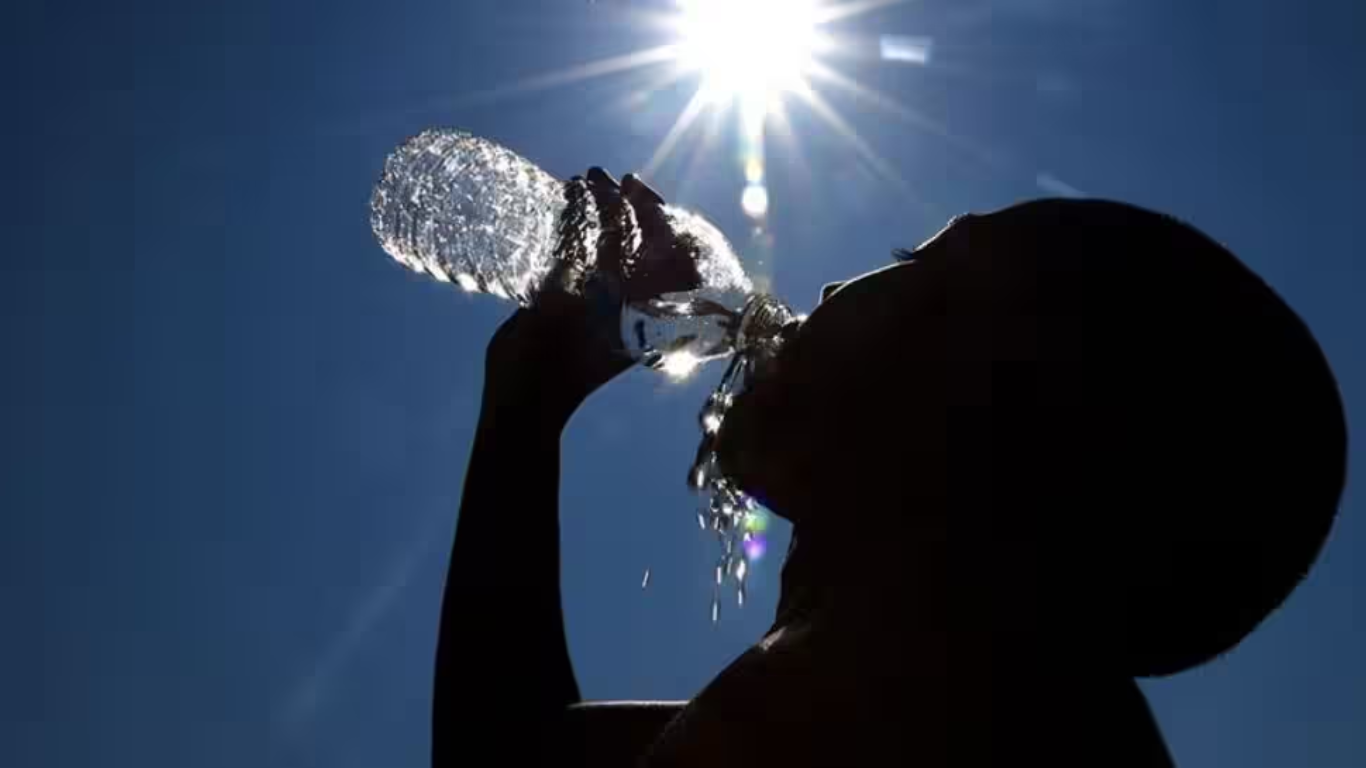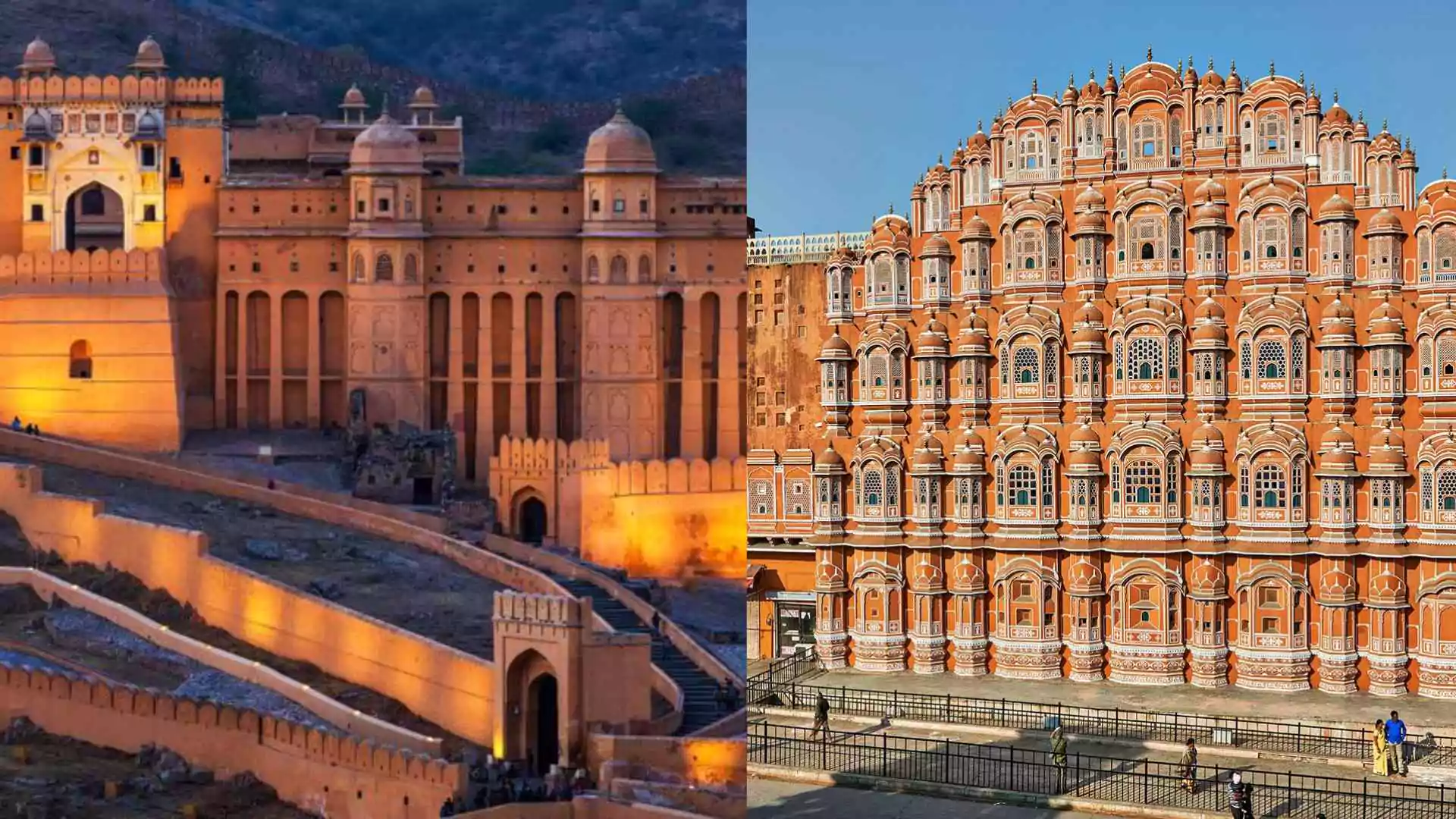The India Meteorological Department (IMD) has issued a heatwave warning for Mumbai for Tuesday and Wednesday, marking an unusual weather event for the city. While Mumbai has experienced more frequent heatwaves in recent years, February is typically a month of pleasant weather due to the cooling effect of the sea breeze. This sudden rise in temperatures has raised concerns among experts and residents alike.
Temperature Surges Beyond Expected Levels
Mumbai has two IMD weather observatories—one in Santacruz and the other in Colaba. According to IMD regulations, a heatwave warning is issued when the average maximum temperature at these stations remains above 37 degrees Celsius for two consecutive days. On Monday, the Santacruz station recorded a maximum temperature of 38.4 degrees Celsius, while Colaba recorded 36.8 degrees Celsius.
IMD scientist Sushma Nair confirmed that rising temperatures in February have become more common over the last decade. However, she emphasized that while this current situation is unusual, it is not entirely unprecedented. “Over the past 10 years we have recorded day temperatures on the higher side in February. While a heatwave-like situation has not arisen before, this is not totally unprecedented,” Nair told The Indian Express on Tuesday.
Easterly Winds Delaying Sea Breeze
Nair further explained that the current heatwave is due to the influence of easterly winds, which are delaying the onset of the sea breeze. “At present, there is an intervention of easterly winds which is delaying the sea breeze. The sea breeze usually sets in by 10-11 am in the morning, but due to the easterly winds, the setting is delayed by a couple of hours, which results in a rise in temperature during the day. If the sea breeze settled on time, then the temperature wouldn’t have been this high,” she added.
Global Warming’s Role in the Heatwave
Professor Raghu Murtugudde from IIT-Bombay, who is also an emeritus professor at the University of Maryland, pointed out that heatwaves in Mumbai have become the “new normal.” He attributed the rising temperatures to global warming and shifting climate patterns.
“At present, the wind is blowing towards the Indian mainland from the Middle East and the Mediterranean region. The land surface over there, which largely comprises deserts, is heating up, leading to hotter winds. As a result, these winds are travelling towards us, bringing in heat and humidity with them,” he explained.
Murtugudde noted that this transition traditionally occurs during summer, between March and May. However, the timeline now appears to have shifted, causing heatwaves to occur earlier in the year.
Recurring Heatwaves and Rising Concerns
Last year, the IMD issued multiple heatwave warnings for Mumbai and its surrounding districts between March and April. According to Nair, March is a transition period that often brings dry winds, which contribute to heatwave-like conditions. “Due to global warming, the Mediterranean region is heating up faster, which is creating a low pressure and setting up winds,” she said.
IMD’s Advisory for the Public
With temperatures expected to remain high, the IMD has advised citizens to take precautions, especially on Wednesday, which is a public holiday due to Mahashivratri.
“Considering Wednesday is a holiday due to Mahashivratri, people should also be cautious and avoid going out during the daytime, especially between 11 am and 4 pm. One should stay hydrated and cover oneself,” Nair recommended.
While temperatures may see a slight drop after three to four days, she warned that it would not bring significant relief to residents. “The temperature will stay within the above-normal range for the next few days, and maybe after three to four days, there will be a slight drop. However, it’s not going to bring much respite for people,” she added.























